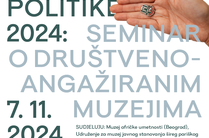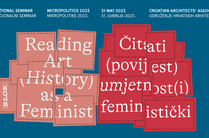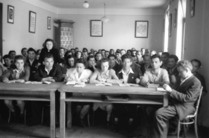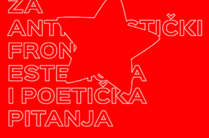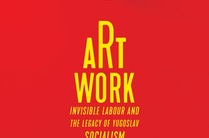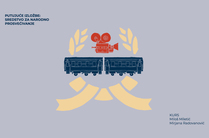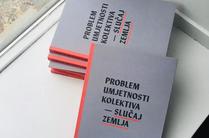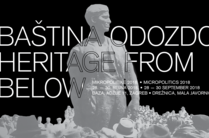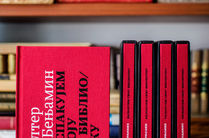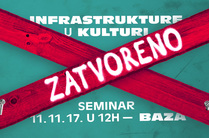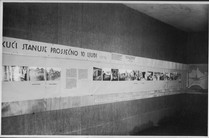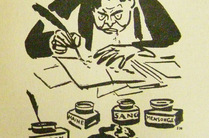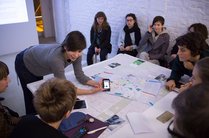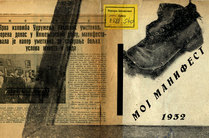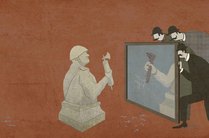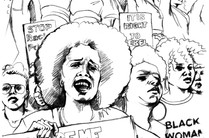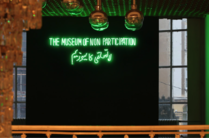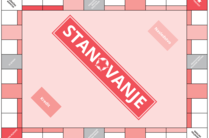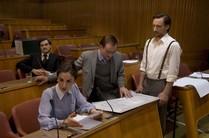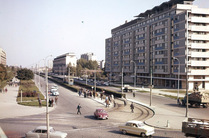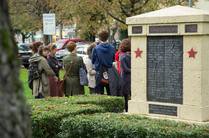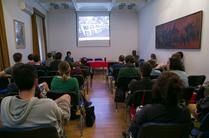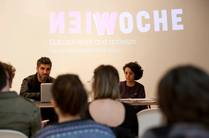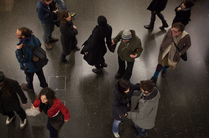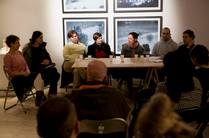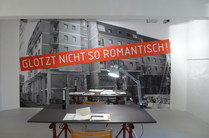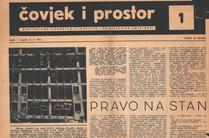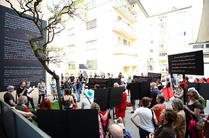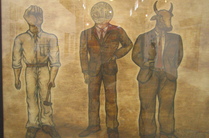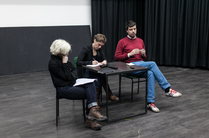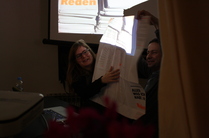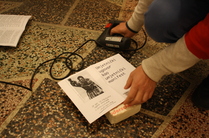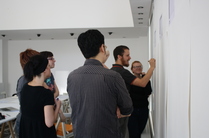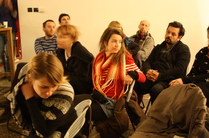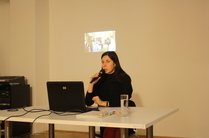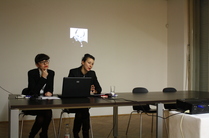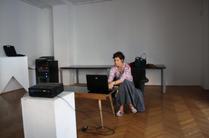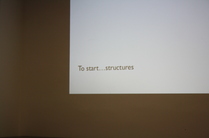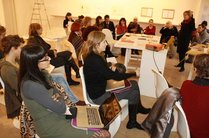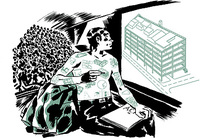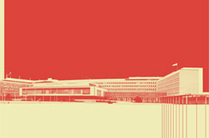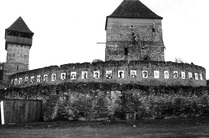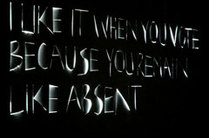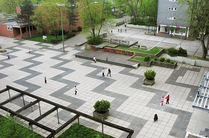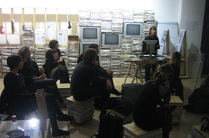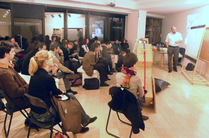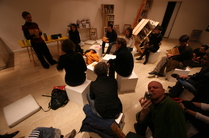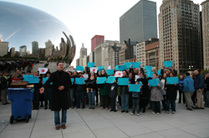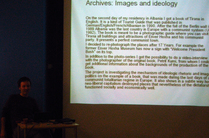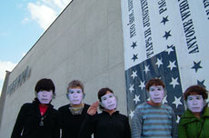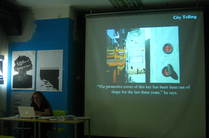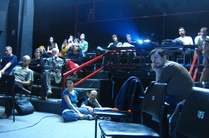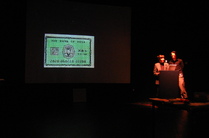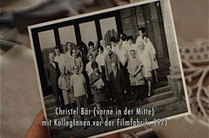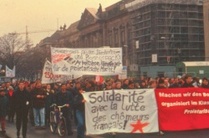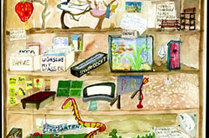TAMARA BJAŽIĆ KLARIN: SOCIAL ENGAGEMENT IN ARCHITECTURE OF THE 1930S
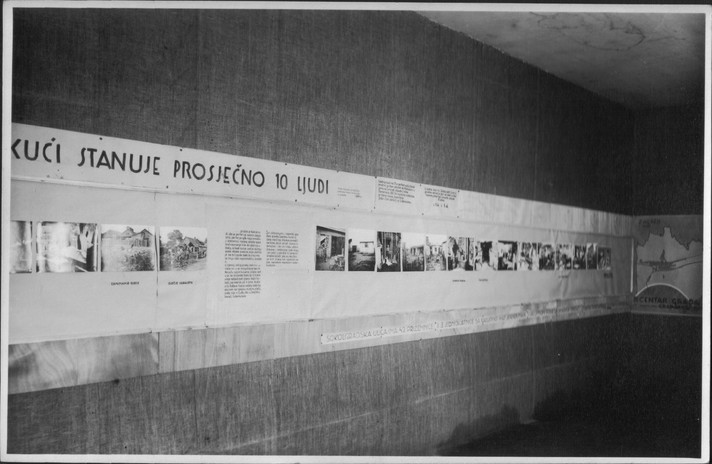
lecture
(as part of the exhibition The Art of the Collective: Case Zemlja)
Thursday, February 16, 2017, 7 p.m.
BAZA, B. Adžija str 11, Zagreb
Zagreb architectural scene in the early 1930s is marked by ideological disputes within, at first glance, a homogeneous corpus of the new construction, between the engineers and epigones. Specifically, while the first, after the model of the Weimar Republic and the Soviet Union recognize a tool for solving pressing social problems in the new construction, the latter are still treating it as a new architectural style, discrediting the efforts of "honest people" and completely ignoring its political connotations.
At a time when the economic crisis in Yugoslavia in the early 1930s reached its peak, a group of young architects, gathered in the Association of artists Zemlja and the Working Group Zagreb, readily assumes its share of social responsibility and points to the largest social and urban problem of Zagreb between the Wars, which has been neglected by the government and the municipal authorities alike - the workers’ slums, i.e., the inhumane housing conditions in which a quarter of Zagreb citizens are living. Thanks to their participation at the Fourth International Congress of Modern Architecture (CIAM) in Athens in 1933, the Working group Zagreb, also the national group of CIAM for Yugoslavia, created a complex analytical study of housing opportunities in Zagreb.
The Group goes to the heart of the housing problem - the interdependence of the social status of the residents and the quality of their housing, and the main culprit is found in liberal capitalism. They elaborate this on concrete examples, and they present the research results, with focus on difficult living conditions of the Zagreb proletariat, in a thematic unit House and life at the Fourth Exhibition of Zemlja in the winter of 1932 in the Art Pavilion, most elite exhibition space of Zagreb.
While the exhibition, due to the great interest of the public, especially the workers, had been extended by a week, the authorities have considered it Communist propaganda. Using the same research and exhibition concept, Stjepan Planić, who has been Zemlja’s most active architect in number of public appearances, examined the topic of housing in the countryside within the Fifth Exhibition of Zemlja in the same place in 1934. Exhibitions of housing conditions of the Fourth estate (workers and peasants), together with the third exhibition of Zemlja, which in 1931 recruited for the first time a larger number of architects, were the culmination of joint, socially engaged action of architects in the period between the two world wars. Among other actions, there were public lectures in Public Open University Zagreb, articles in journals of left political provenance, the publication Problems of Contemporary Architecture - Progress of architecture should be known directly initiated by the third exhibition of Zemlja and joint appearances towards the Club of Architects section of Zagreb of the Association of Yugoslav engineers and architects (UJIA) and the city authorities.
Together with the documentarist exhibition units House and Life and Village, as well as other joint actions of architects directly or indirectly associated with the group Zemlja, the lecture will reflect on the history of their networking. As part of the lecture we will display also a network visualisation of exhibitions of the group Zemlja, made as part of the research project ARTNET - Modern and contemporary art networks, art groups and associations. Organizational and communication models of collaborative artistic practices of the 20th and 21st Century by the Art History Institute, supported by the Croatian Science Foundation.
Tamara Bjažić Klarin is a scientific associate of the Institute of Art History in Zagreb. The area of her scientific interest is the history and theory of architecture and urbanism of the 19th and 20th centuries. She is the author of Ernest Weissmann: socially engaged architecture 1926 to 1939, awarded the Charter of Croatian Society of Art Historians, and several chapters in books, scientific papers, encyclopedia entries and presentations at scientific conferences. She has participated in several research projects at home and abroad. She is the co-author of the screenplay for documentaries on architects Ivan Vitić, Bogdan Budimirov and Andrija Mutnjaković and screenwriter for television show Trikultura - architecture and design of the Croatian Television (2013 -2016). She is the French Government scholarship holder and the Swiss National Science Foundation scholarship holder. Thanks to the latter was a guest academic at the Institute for the History and Theory of Architecture ETH Zürich.
The lecture is part of the program Micropolitics, funded by the Ministry of Culture of the Republic of Croatia and the City Office for Education, Culture and Sports of the City of Zagreb.
The exhibition The Art of the Collective was created within the project Cartography of Resistance, organized by the Rosa Luxemburg Stiftung Southeast Europe in partnership with [BLOK].
